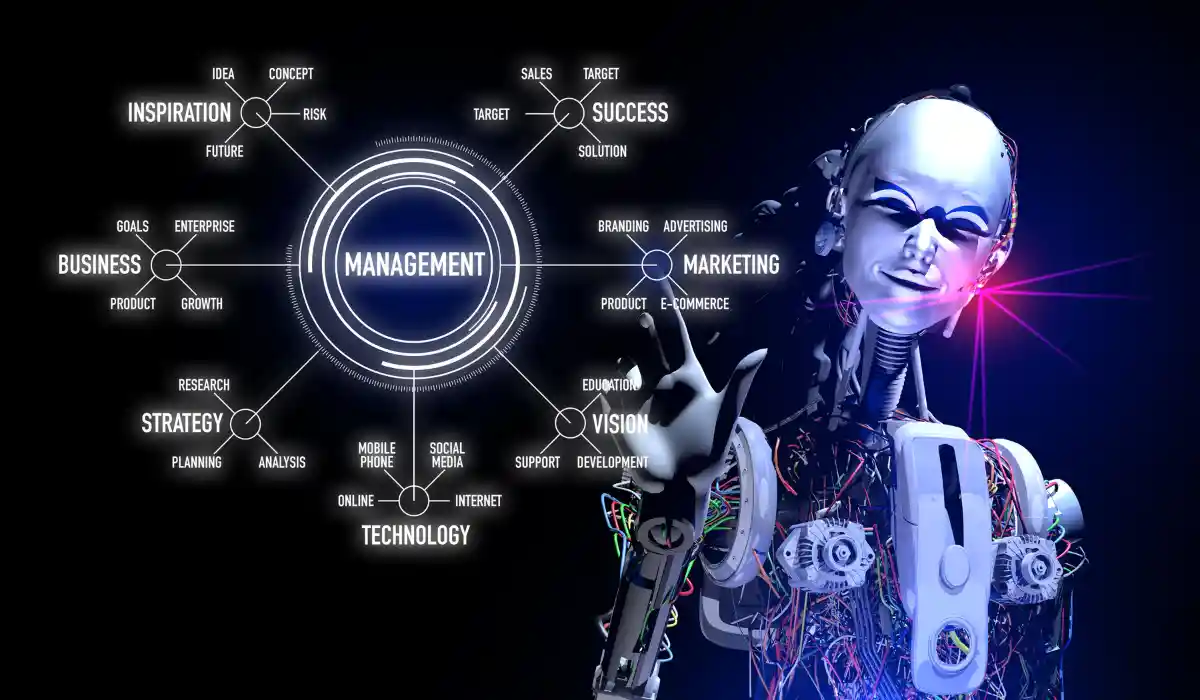The Role Of Artificial Intelligence In Education

Artificial Intelligence (AI) is a technology that allows machines to perform tasks that typically require human intelligence, such as understanding language, recognizing patterns, and making decisions. In education, AI is being used to enhance the learning experience and support both teachers and students. Here are 10 key points explaining the role of AI in education:
1.Personalized Learning
AI can adapt educational content and activities to the individual needs and preferences of each student. By analysing data about a student’s learning patterns, AI systems can provide personalized recommendations, adaptive quizzes, and targeted interventions to help students learn at their own pace.
2.Intelligent Tutoring
AI-powered tutoring systems can provide students with personalized guidance and support. These systems can understand students’ strengths and weaknesses, provide explanations, offer additional resources, and track their progress, acting as virtual tutors available anytime, anywhere.
3.Automated Grading
AI can automate the grading process, saving teachers time and providing students with prompt feedback. Machine learning algorithms can analyse and evaluate assignments, quizzes, and exams, ensuring consistency and objectivity in the grading process.: AI can automate the grading process, saving teachers time and providing students with prompt feedback. Machine learning algorithms can analyse and evaluate assignments, quizzes, and exams, ensuring consistency and objectivity in the grading process.
4.Data Analysis and Insights
AI can analyse large amounts of educational data to identify patterns, trends, and insights. This can help educators make informed decisions, such as identifying areas where students are struggling, predicting future learning outcomes, and improving instructional strategies based on data-driven insights.
5.Natural Language Processing
AI-powered language processing capabilities enable communication between computers and humans in a natural, conversational manner. This can be utilized in chat bots or virtual assistants that can answer students’ questions, provide information, and offer guidance in a conversational format.
6.Smart Content Creation
AI can assist in the creation of educational content by automating repetitive tasks. For example, AI algorithms can generate quizzes, worksheets, or interactive learning materials based on specific learning objectives, saving teachers time and effort.
7.Enhancing Accessibility
AI can provide accessibility features to support students with special needs. For example, speech recognition technology can help students with disabilities interact with educational tools, while text-to-speech capabilities can assist students with visual impairments.
8.Predictive Analytics
AI can use predictive analytics to identify students who may be at risk of falling behind or dropping out. By analysing various data points, such as attendance, grades, and engagement, AI systems can alert teachers and administrators to intervene and provide targeted support to struggling students.
9.Virtual Reality and Simulations
AI can be integrated with virtual reality (VR) and simulations to create immersive and interactive learning experiences. These technologies can enable students to explore virtual environments, conduct experiments, and practice real-life skills in a safe and controlled setting.
10.Ethical Considerations
It’s important to consider ethical considerations when implementing AI in education. This includes ensuring data privacy, addressing biases in algorithms, and maintaining a balance between human involvement and AI assistance to maintain a student-centred approach.

